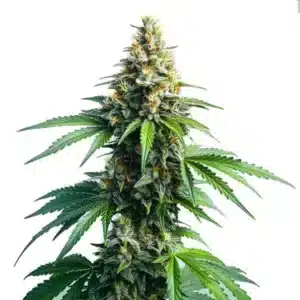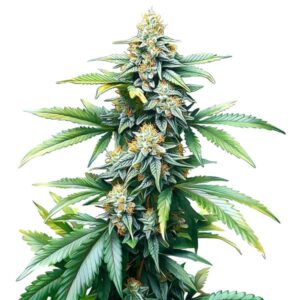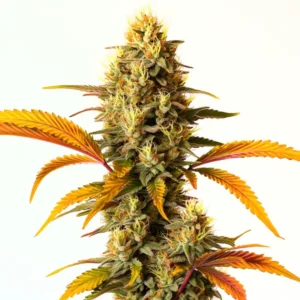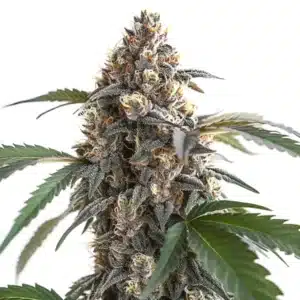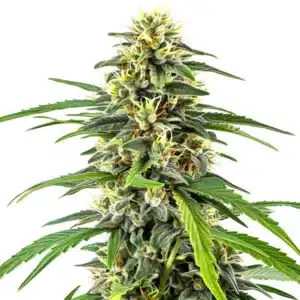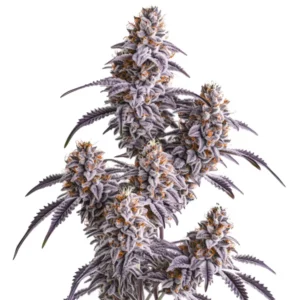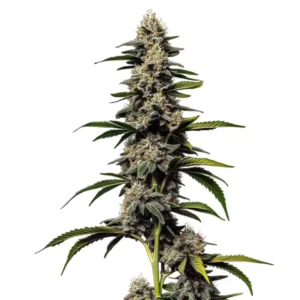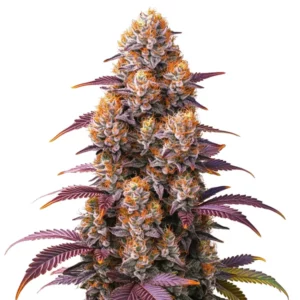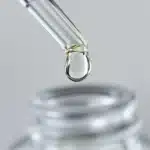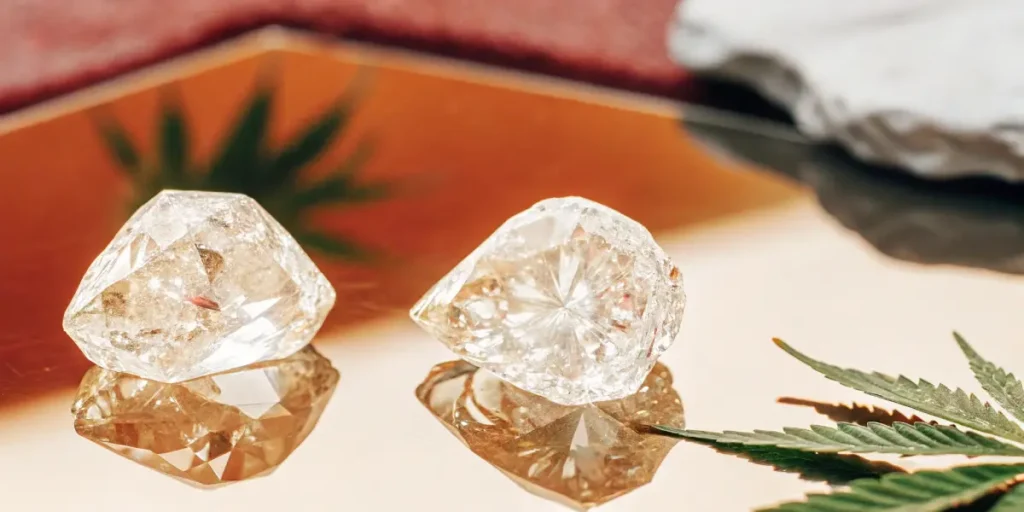
THCA Crystals in Cannabis: An In-Depth Look
What are THCA Crystals?
THCA crystal, sometimes referred to as THCA diamonds or crystalline THCA, is one of the purest and most potent cannabis concentrates available today. Recognized for their sparkling, crystal-like structure, these extracts are composed almost entirely of tetrahydrocannabinolic acid (THCA), the inactive cannabinoid that becomes THC, the compound behind cannabis’s psychoactive effects, when exposed to heat. Whether dabbed, vaporized, or used in edibles, THCA crystal undergoes decarboxylation, transforming into THC and delivering a powerful experience.
THCA (tetrahydrocannabinolic acid) is a non-psychoactive compound found in raw cannabis. Unlike THC, THCA does not produce a “high” when consumed. However, when THCA is exposed to heat or UV light, it undergoes a process called decarboxylation, which converts it into THC, the psychoactive compound known for its intoxicating effects. You may often notice thca crystals on weed—these represent a pure, potent form of THCA that can be used in various ways to maximize its benefits without immediate psychoactive effects.
Recommended Strains
Afghan Kush
|
|
THC | 16% - 21% (Medium) |
|
|
Type | Feminized |
|
|
Yield | Medium |
|
|
Phenotype | 90% Indica / 10% Sativa |
Afghan Kush Regular
|
|
THC | 18% - 22% (Medium) |
|
|
Type | Regular |
|
|
Yield | Low |
|
|
Phenotype | 90% Indica / 10% Sativa |
These crystals are among the purest cannabis products available, containing nearly 99% THCA. As a result, they are popular among medical cannabis users seeking therapeutic benefits without the psychoactive effects associated with THC. Their potency and versatility allow them to be used in multiple ways, providing a tailored experience for each user.
Promos & Deals
Benefits of THCA Crystals
THCA crystals are valued for their purity and concentration. Here are some of the main benefits associated with THCA crystals:
- Anti-Inflammatory Properties: THCA has shown potential anti-inflammatory effects, which may help with conditions such as arthritis and autoimmune disorders. Chronic inflammation contributes to various health issues, and THCA’s properties may provide relief to those experiencing inflammation-related discomfort without the psychoactive effects of THC.
- Neuroprotective Effects: Research suggests that THCA may support brain health and offer neuroprotective benefits, potentially beneficial for neurodegenerative diseases. This quality is significant for individuals looking for preventive solutions to cognitive decline, and it’s a promising area of cannabis research.
- Nausea and Appetite: THCA may relieve nausea and stimulate appetite, making it a potential aid for patients undergoing treatments like chemotherapy. By acting on certain receptors in the body, THCA may alleviate nausea without intoxication, helping patients maintain nutrition and recover effectively.
- Pain Relief: Though non-psychoactive, THCA crystals can offer pain relief, especially for conditions involving chronic pain and muscle spasms. This makes THCA a suitable option for individuals sensitive to THC or for those looking for non-intoxicating alternatives for managing pain symptoms.
How to Use THCA Crystals on Weed
THCA crystals can be used in multiple ways, each offering a unique experience:
1. Dabbing
Dabbing involves using a specialized rig to vaporize the crystals. THCA crystals are placed on a heated nail, which turns them into vapor for inhalation. This method is popular because it allows users to experience the effects almost instantly, providing an efficient way to consume concentrated THCA. Since dabbing typically involves high temperatures, a significant portion of THCA may convert to THC during this process, producing psychoactive effects.
2. Infusing into Edibles
THCA crystals on weed can be infused into food, but decarboxylation will convert some THCA to THC. This method allows users to enjoy both the therapeutic benefits of THCA and the effects of THC. Edibles provide a convenient option for those looking to enjoy THCA over a prolonged period. Additionally, ingesting THCA can be beneficial for those who prefer a discreet way of consuming cannabis without immediate psychoactive effects.
3. Tinctures and Oils
Infusing THCA crystals into oils or tinctures allows users to apply THCA topically or consume it sublingually. This method is popular for those seeking the non-psychoactive benefits of THCA. Tinctures and oils provide dosage control, making them ideal for users who require consistent, reliable dosing for medical purposes. Furthermore, these forms can be mixed into food or beverages, providing flexibility in consumption.
4. Adding to Joints or Flower
THCA crystals on flower can be sprinkled on ground cannabis in joints or bowls. The crystals add potency, increasing the effects once heated. This method is particularly popular among experienced cannabis users looking to intensify their experience. The high THCA content enhances the effects of traditional cannabis flower, making it ideal for social gatherings or when users are looking for stronger effects.
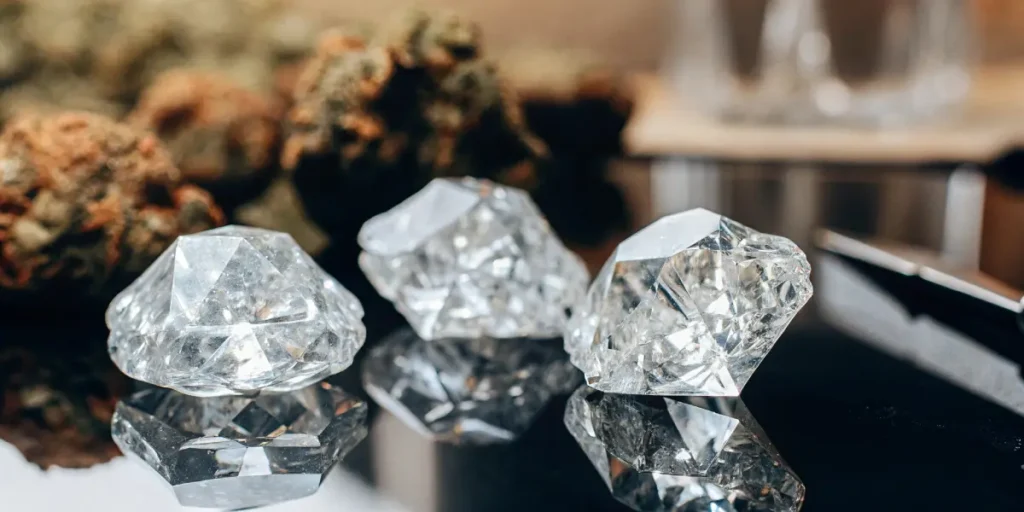
THCA vs. THC: Key Differences
| Feature | THCA | THC |
| Psychoactivity | Non-psychoactive | Psychoactive |
| Presence | Found in raw cannabis | Found in heated cannabis |
| Uses | Topical, ingestible, non-intoxicating | Recreational, medicinal |
| Health Benefits | Anti-inflammatory, neuroprotective | Pain relief, appetite stimulation |
While THC and THCA share a close molecular structure, the differences between them are substantial. THCA’s non-psychoactive nature makes it suitable for users seeking therapeutic benefits without experiencing euphoria. In many cases, you can even see thca crystals on weed, which are prized for their purity and potency. On the other hand, THC’s psychoactivity is highly sought after for recreational use, allowing users to experience a “high.” This fundamental difference in their effects means that both compounds cater to distinct user preferences.
Another notable distinction is that THCA’s therapeutic potential extends beyond psychoactivity, making it a valuable addition to the medical cannabis community. The use of THCA is growing among those who prefer holistic, non-intoxicating approaches to health, whereas THC remains popular for its dual recreational and medicinal properties.
The Science of THCA Crystals
Creating THCA crystals requires precise extraction and isolation. Here’s how the process generally works:
- Extraction: Raw cannabis is processed to extract cannabinoids and other compounds. This initial step usually involves using solvents like CO2 or butane to extract cannabinoids, creating a concentrated cannabis extract.
- Filtration: Impurities are filtered out, leaving behind a concentrate rich in cannabinoids. This filtering stage removes unwanted plant material and contaminants, resulting in a cleaner product that’s ideal for crystallization.
- Crystallization: The concentrate undergoes a crystallization process, often in a cold environment, to separate THCA from other cannabinoids and compounds. Temperature control is crucial here, as it allows THCA to form crystals over time, leaving behind other compounds.
- Purification: The resulting crystals are refined further to ensure high purity and potency. This final purification step removes residual solvents and impurities, resulting in pure, translucent THCA crystals.
This process requires skill, precision, and specialized equipment, making THCA crystals a premium product in the cannabis market. As purity and potency are significant factors for cannabis consumers, the attention to detail in producing THCA crystals has led to an increased demand for these powerful, non-psychoactive products. Many users seek out thca crystals on weed to enhance potency and enjoy a cleaner, more refined experience.
THCA Crystals in Medical Use
The non-psychoactive nature of THCA crystals makes them ideal for those seeking therapeutic benefits without the “high” associated with THC. Here are some medical applications:
- Seizures: THCA may have anticonvulsant properties, useful for managing seizures. Preliminary research has shown promising results, with some patients experiencing a reduction in seizure frequency. This potential has sparked interest in THCA as a treatment for epilepsy and other seizure disorders.
- Sleep Aid: Some individuals report better sleep quality with THCA use, without the sedative effects associated with THC. THCA’s ability to promote restful sleep without causing drowsiness or grogginess the next day has made it an attractive option for those struggling with insomnia or other sleep disorders.
- Mood Disorders: THCA could provide mood-stabilizing effects, though more research is needed. Its non-psychoactive properties make it a potential alternative for managing stress and anxiety. Additionally, THCA may help regulate emotions without inducing the mental cloudiness associated with THC, offering a therapeutic option for those with mood disorders.
As research into THCA continues, the medical community is recognizing its potential in treating a variety of health conditions. Its unique properties, combined with its non-psychoactive nature, make THCA a promising component in the development of new treatments for a range of disorders.
Potential Risks and Considerations
While THCA crystals offer numerous benefits, there are considerations to keep in mind:
- Quality and Purity: Ensure the THCA crystals are from reputable sources to avoid impurities. The production process of THCA crystals is complex, and impurities can negatively impact the product’s quality. Third-party lab testing and reviews from reliable sources can confirm purity.
- Dosing: Start with a small amount, as the high purity of THCA can be potent, especially after decarboxylation. Consuming too much can lead to uncomfortable side effects, especially if THCA converts to THC. A gradual approach allows users to assess the effects without overwhelming themselves.
- Method of Consumption: Some methods, like dabbing, may involve decarboxylation, which results in THC. Users should consider how they consume THCA crystals to align with their desired effects. If non-psychoactive relief is the goal, methods that do not involve heat are ideal.
THCA crystals on weed provide an exciting way for individuals to experience the benefits of raw cannabis. Their non-psychoactive properties allow for use without intoxication, making them a versatile addition to both medical and recreational cannabis options.
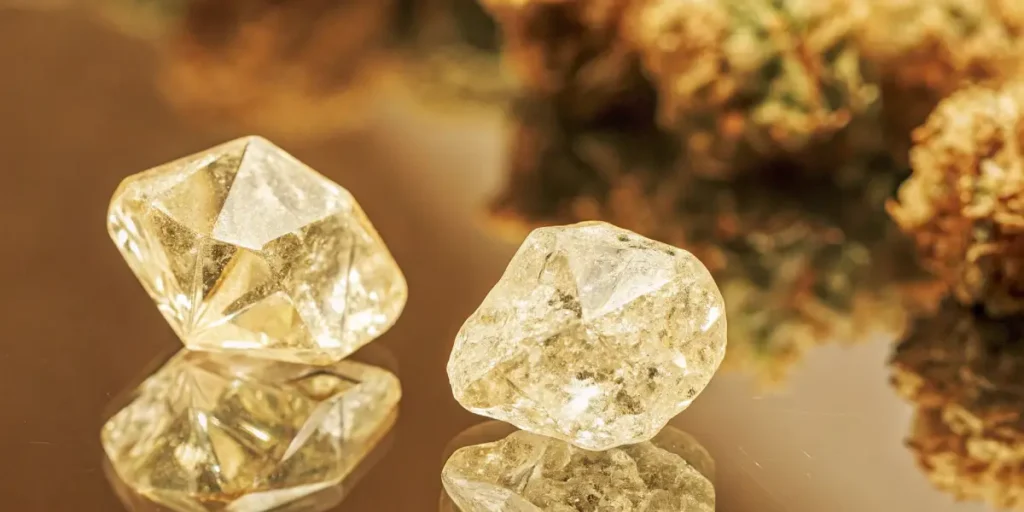
FAQs About THCA Crystals on Weed
What’s the difference between THCA and THC?
THCA is the non-psychoactive precursor to THC. When heated or exposed to UV light, THCA converts into THC, which produces the “high” commonly associated with cannabis. You can often spot THCA crystals on weed, which appear as glistening structures rich in cannabinoids. While THCA provides therapeutic benefits without intoxication, THC is often sought for its recreational and medicinal psychoactive effects. For those looking to experience cannabis without feeling “high,” THCA products are ideal.
How do you consume THCA crystals?
THCA crystals can be consumed in several ways: by dabbing, infusing in edibles, using them in tinctures or oils, or adding them to joints or bowls. Each method offers a unique experience and may convert some THCA to THC if heat is applied. Dabbing, for example, is a quick way to vaporize THCA, while edibles provide a slower, longer-lasting experience.
Are there any side effects to THCA?
Generally, THCA is considered safe. However, it may cause mild side effects like dry mouth, fatigue, or mild digestive discomfort in some individuals. As with any cannabis product, it’s advisable to start with a low dose and observe how your body responds. Consulting a medical professional before beginning THCA use can help avoid unwanted side effects.
Can I get high from THCA crystals?
No, THCA crystals on weed do not produce a high unless they are decarboxylated (heated), at which point they convert to THC. For users who prefer a non-intoxicating experience, consuming THCA crystals without heating them is an ideal choice. However, applying heat will produce psychoactive effects, allowing users to enjoy both THCA and THC benefits.
Are THCA crystals legal?
The legality of THCA crystals varies depending on regional laws regarding cannabis and cannabis-derived compounds. In some areas, THCA is permitted under medical cannabis programs, while in others, it may fall under broader cannabis restrictions. It’s essential to check local regulations before purchasing or using THCA products to ensure compliance with the law.


